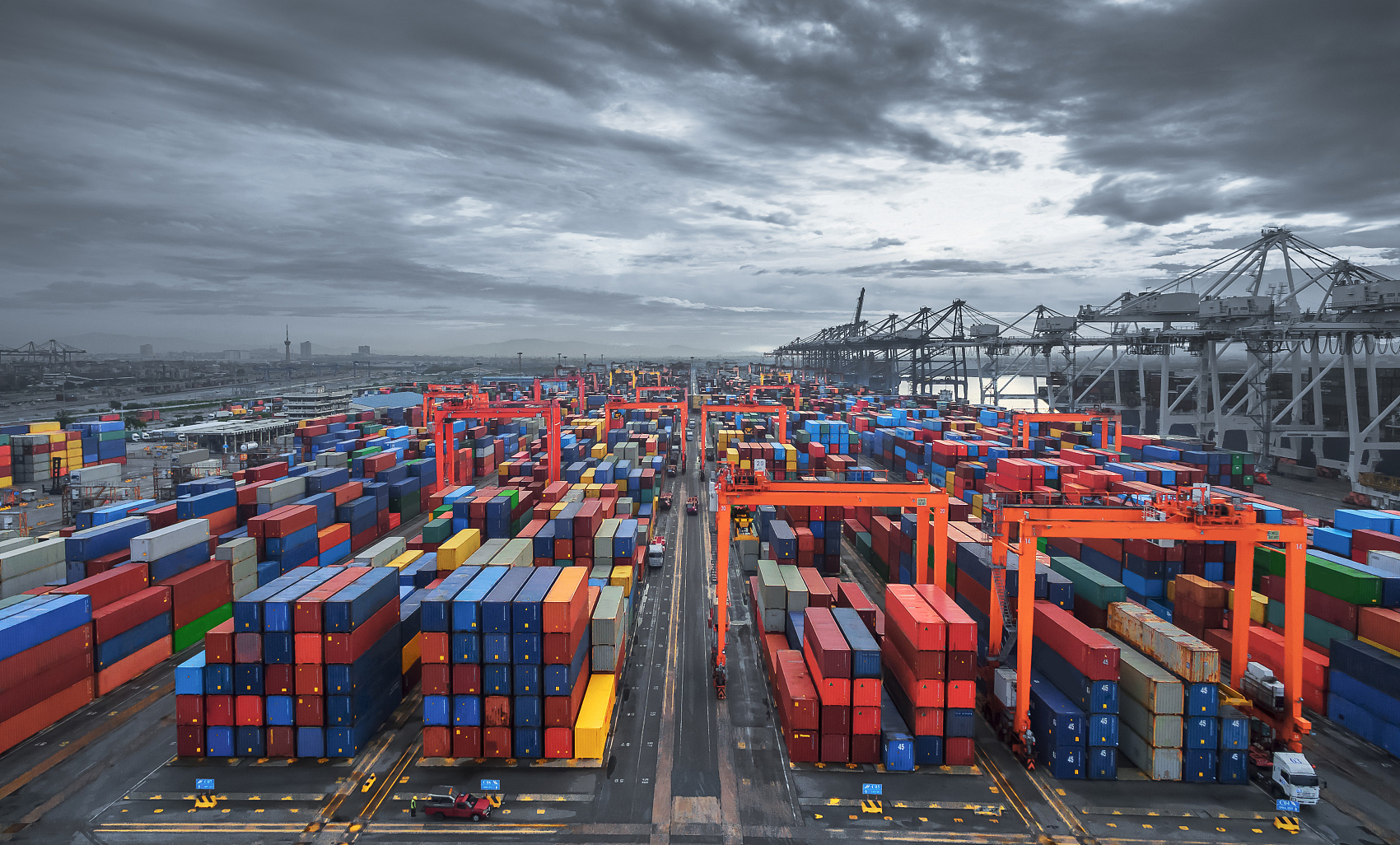Engaging in trade with the Philippines requires a clear understanding of customs taxes. Different product categories bear varying tax rates, and knowing how to compare Philippines customs taxes by category is essential for businesses and individuals alike to budget accurately and make informed trade decisions. This guide will provide you with practical steps and key considerations to effectively compare customs taxes across various categories.
1. Identify Reliable Information Sources
Check Official Government Websites
The Bureau of Customs of the Philippines maintains an official website where you can find detailed tariff schedules. Navigate to the section on import duties and taxes, and look for the Harmonized System (HS) code – based tax rates. Regularly check for updates, as tax policies may change over time. This is the most authoritative source for accurate and current information on customs taxes by category.
Consult Trade and Industry Associations
Industry – specific associations and trade groups often have resources related to customs regulations. They may offer insights into how different categories of goods are taxed in the Philippines, along with practical tips based on members’ experiences. These associations can also help clarify any complex tax – related issues.
2. Understand the Classification System
Learn about the Harmonized System (HS)
The HS is an international standard for classifying traded products. In the Philippines, customs taxes are largely determined by HS codes. Each product falls under a specific code, which corresponds to a particular tax rate. Familiarize yourself with how to identify the correct HS code for your goods, as this is the foundation for comparing customs taxes accurately.
Recognize Product Sub – categories
Within each HS code category, there are sub – categories that further define products. For example, under the category of electronics, there are sub – categories for computers, smartphones, and other devices. Understanding these sub – categories helps in making more precise tax comparisons, as different sub – categories may have different tax rates.
3. Consider Factors Affecting Tax Rates
Evaluate Tariff Preferences
The Philippines has various trade agreements and preferential tariff programs. Some product categories may enjoy reduced or zero – rated taxes under these arrangements. Research if your goods are eligible for any tariff preferences, such as those from free trade agreements with partner countries. This can significantly impact the overall customs tax you pay.
Account for Additional Charges
Besides the basic customs duty, there may be other charges like value – added tax (VAT), excise tax, and environmental fees. Different product categories are subject to different combinations of these additional charges. When comparing customs taxes, factor in all these extra costs to get a comprehensive understanding of the total tax burden for each category.
4. Use Online Tools and Databases
Leverage Customs Tax Calculators
Many online platforms offer customs tax calculators specific to the Philippines. Enter the HS code of your product, along with details like its value and origin, and the calculator will estimate the applicable taxes. These tools simplify the process of comparing taxes across different categories and help you quickly assess costs for various products.
Explore Trade – Related Databases
Some trade – focused databases compile customs tax information for multiple countries, including the Philippines. These databases allow you to search for specific product categories and view detailed tax rate breakdowns. They often provide historical data as well, enabling you to analyze trends in customs taxes over time.
5. Seek Professional Advice
Consult Customs Brokers
Customs brokers have in – depth knowledge of the Philippines’ customs regulations and tax systems. They can assist you in accurately classifying your products, determining the correct tax rates, and comparing taxes between different categories. Their expertise can be invaluable, especially when dealing with complex or specialized goods.
Engage with Freight Forwarders
Experienced freight forwarders, similar to those at China Top Freight, also have a good understanding of customs taxes. They can offer practical advice based on their shipping experience, helping you navigate the intricacies of customs tax comparisons and plan your shipments more effectively.
In conclusion, mastering how to compare Philippines customs taxes by category involves identifying reliable information sources, understanding the classification system, considering influencing factors, utilizing online tools, and seeking professional advice. By following these steps, you can make more informed decisions in your trade activities with the Philippines, ensuring cost – effective and compliant shipping. Utilize China Top Freight to help solve the problems you are facing. Contact us today to embark on your smooth transportation journey!


